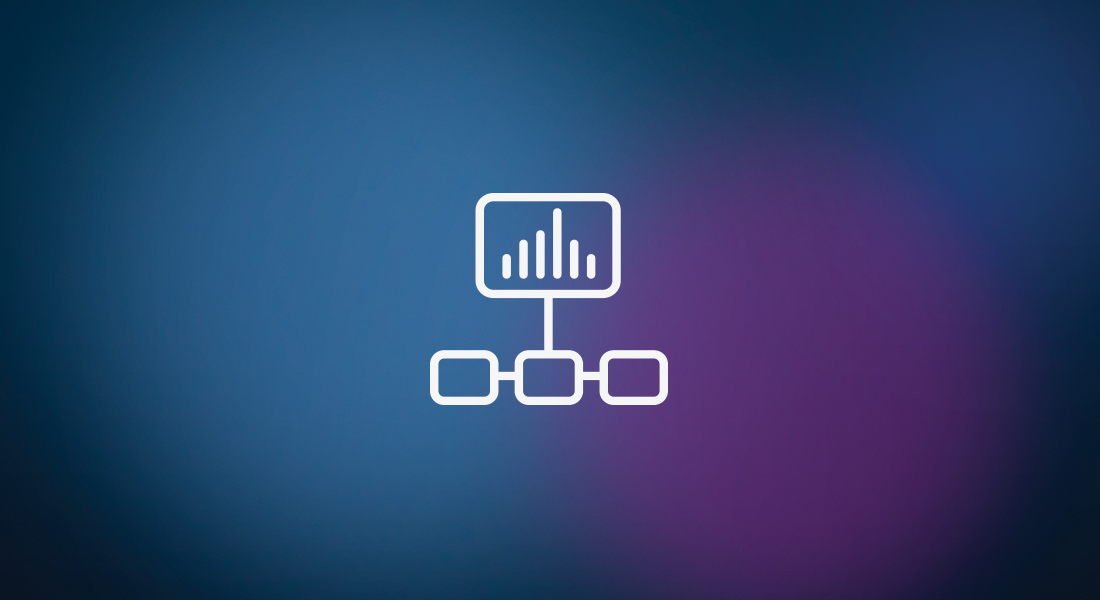
We all find change easier when it starts with something we’re familiar with. That’s why I think sports analytics examples are popular – most of us are sports fans, so we get it more easily. It’s also why automotive examples that illustrate the potential reach of the Internet of Things




























